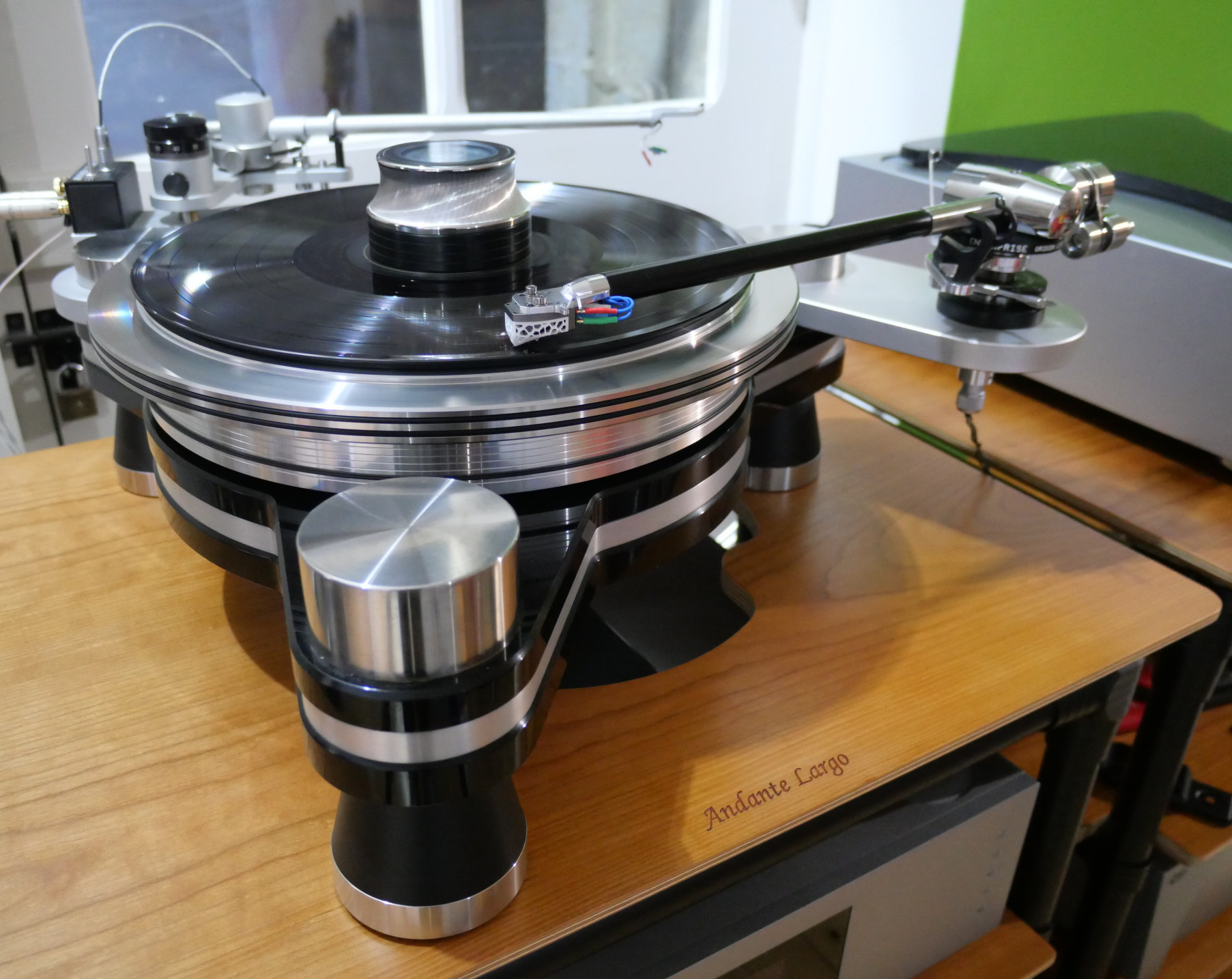But the positive impressions don’t stop there. Bobby Timmons crisp piano lines are another example of the arm’s rhythmic grasp, but they display its dynamic and tonal capabilities too, with a natural sense of strike and attack, complex body and weight. The trumpet rips brilliantly, its tone and overtones completely distinct from the reed and longer column of the sax. The completeness of each instrument’s tonal character doesn’t just aid identity and verisimilitude, it offers substance to their musical lines and a convincing presence and density to the band as a whole. When Blakey lets fly with a cannonade or the band lift into a climax, it’s both sudden and impactful. The Enterprise delivers music with both subtlety and substance.
As impressive as the Origin Live arm’s performance on an album like Moanin’ is, the full extent of its linearity, integration and natural tonality really comes to the fore with vocals and a gentler range of acoustic instruments. In the same way as that first side of the Blakey album reveals the Enterprise’s spread of musical capabilities, the first side of Woodland Studios (the incomparable Gillian Welch and David Rawlings, Acony ACNY-2416LP) demonstrates their depth. From the subtly inflected, deeply expressive and beautifully delivered vocals to the deft, poised and perfectly shaped guitar lines, there’s a communicative and natural quality that speaks directly to the listener – and that’s just the first track. The harmony vocals on ‘What We Had’, blended voices that share the lyric and which so many systems struggle to separate, are instantly identifiable, with Rawlings falsetto harmonically distinct and different from Welch’s more fluid and naturally expressive diction. But what is really unusual is the way the arm presents the guitar as a third voice, playing in chorus, effortlessly revealed like a well-practiced party trick that just happens, the presentation and musical relationship is so natural.
Along with the compact intimacy and natural perspective that the arm brings to the soundstage, this preservation of the relationships between instruments and performers and within the music imbues the Enterprise with what is perhaps its audio ‘super power’. More than simple clarity, musical and dynamic coherence or a natural way with tonality, relative scale and perspective, I’d call it ‘co-existence’. Certainly, it’s an extension of what I’ve already termed ‘proportion’ – but keeping everything in proportion is also what allows the different elements in the band and in the music to be both separate and together. That’s co-existence – and it’s something that this arm delivers with uncanny ease and apparent lack of effort.

Of course, you can’t get everything in the right place at the right time unless you’ve got good temporal and spatial continuity and linearity. That means controlling and dissipating spurious energy so that it doesn’t create thickness or slurring, push certain frequencies forward or trip and slow the music’s natural pace. Things must happen when they should, but they should also happen in proportion to each other, so that one instrument or voice doesn’t dominate or swamp the others. With the Enterprise, you hear it on Moanin’ in the clarity with which instruments enter and leave the arrangement. Like I already said, you are never in doubt as to who is doing what. You also hear it in the relaxed and intimate contributions of the band on Woodland Studios. You know who’s there, but also why. This musical fluency, this ability to let the strands within the music express both their presence and their purpose, lifts record replay to a new level of accessibility. It’s not that the Enterprise offers greater access and insight to the music captured in the grooves: what it does is make it easier to extract – partly through the elegance of its mechanical construction, which makes optimizing set-up easier than most other arms, but also by banishing the sonic flaws that other arms allow to intrude or impose on the musical performance.

